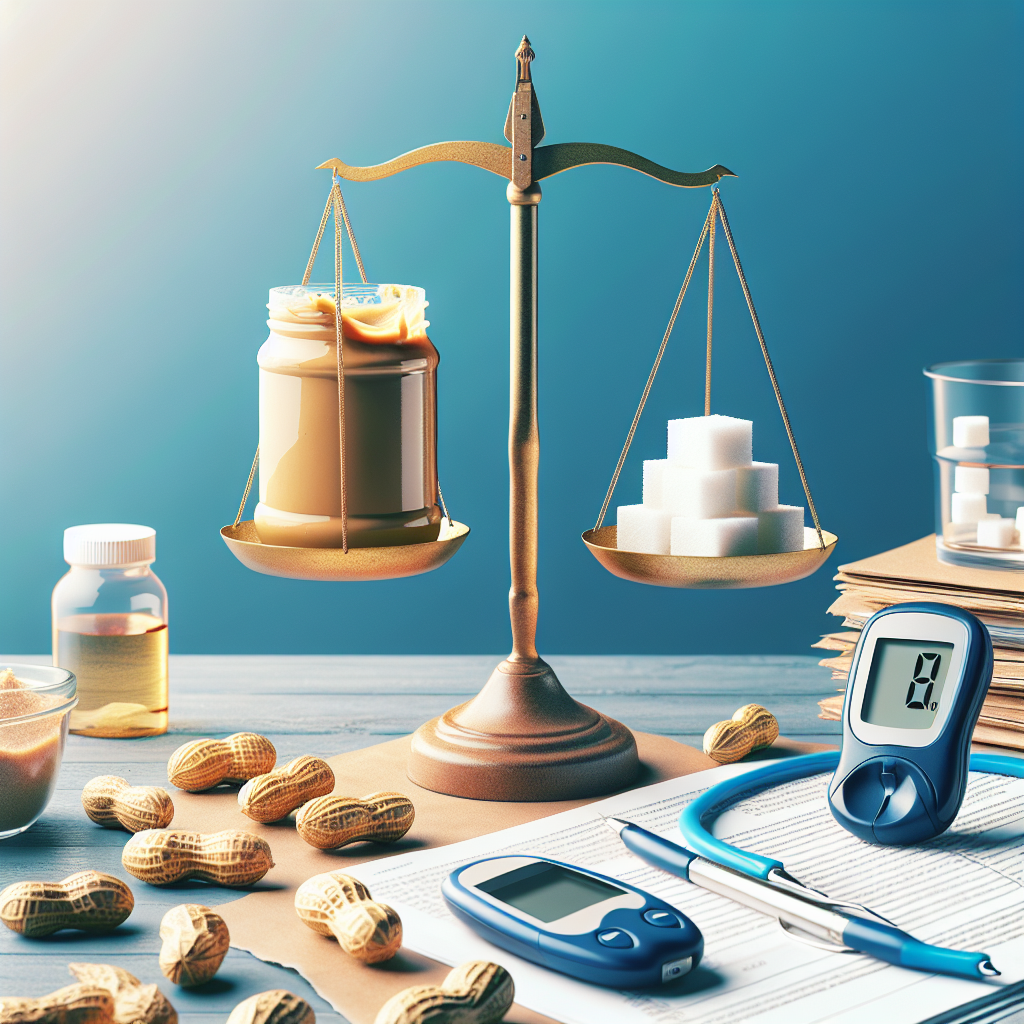Many people with diabetes ask, is peanut butter good for diabetics when they look for tasty, convenient sources of protein and healthy fats? The short answer is: it can be a helpful part of a diabetes-friendly eating plan when chosen and portioned carefully. This article breaks down the nutrition, blood sugar effects, portion guidance, and smart swaps so you can make informed choices about peanut butter for diabetics.
Peanut butter and diabetes: a closer look
Peanut butter is calorie-dense but also rich in monounsaturated and polyunsaturated fats, plant protein, and some fiber. These nutrients slow digestion and blunt blood sugar spikes compared with foods high in refined carbs. That means, for many people, peanut butter has a relatively low glycemic impact and can be used to stabilize appetite and post-meal glucose.
Nutritional profile that matters
A typical two-tablespoon serving of natural peanut butter contains roughly 7–8 grams of protein, 6–8 grams of carbohydrates (including 1–3 grams of fiber), and 16–18 grams of fat. The sodium and added sugar content vary widely by brand. When comparing labels, watch for:
- Added sugars — small or zero added sugar is best for blood glucose control.
- Hydrogenated oils — avoid trans fats and partially hydrogenated oils.
- Sodium — low-sodium options are preferable if you’re managing blood pressure.
How peanut butter affects blood sugar and weight
Because peanut butter is high in fat and protein, it typically causes a smaller immediate rise in blood glucose than a carbohydrate-rich snack. However, calories add up quickly. Large portions can contribute to weight gain, and excess weight can worsen insulin resistance. Moderation and pairing are the keys: combining a tablespoon of peanut butter with a fiber-rich apple or whole-grain cracker provides balanced fuel and helps control blood sugar.
Choosing the right kind
Opt for varieties with only peanuts (and perhaps salt). Look for labels that read “no added sugar” or “natural.” Avoid honey-roasted or other flavored spreads that add sugars. If salt is a concern, choose reduced-sodium or unsalted options. For those wondering, can diabetics eat peanut butter and maintain good control — the answer depends on portion control, label choices, and overall meal planning.
Common questions answered in context
People ask variations of the same question: can diabetics have peanut butter? is peanut butter bad for diabetics? is peanut butter healthy for diabetics? is peanut butter ok for diabetics? Generally, peanut butter is not inherently bad — it’s a nutritious option if used sensibly. Watch serving sizes (1–2 tablespoons), avoid added sugars, and balance with fiber and vegetables throughout the day.
If you’re comparing protein sources or need lower-fat or higher-protein alternatives, consider options such as low-fat dairy, legumes, or fortified protein powders designed for people managing blood sugar. For additional guidance on protein choices and diabetes, see protein powder for diabetics.
When to be cautious
Avoid generous spoonfuls eaten straight from the jar; that’s a common way calories and carbs sneak into a diet. Also be mindful if you have peanut allergies, a history of pancreatitis, or a calorie-restricted plan set by a clinician. If you’re on a strict carbohydrate-counting regimen, factor the small carb amount from peanut butter into your meal plan.
Practical tips for including peanut butter safely
- Portion it: stick to 1 tablespoon for a light snack or 2 tablespoons as part of a meal.
- Pair wisely: combine with fiber-rich foods (fruit, whole-grain toast) to reduce glucose spikes.
- Read labels: choose no-added-sugar, no-hydrogenated-oils, low-sodium options.
- Measure, don’t scoop: use a spoon or measuring tool to avoid accidental overeating.
For broader dietary guidance tailored to diabetes management, see the CDC’s nutrition recommendations for people living with diabetes: CDC guidance on healthy eating and diabetes.
Quick takeaway
In moderation and chosen carefully, peanut butter for diabetics can be a useful, satisfying source of protein and healthy fats that supports blood sugar control. It’s not a one-size-fits-all answer—individual goals, medications, and overall diet quality will determine how well it fits into your plan.
FAQ
Q: Will peanut butter spike my blood sugar?
A: On its own, peanut butter has a low immediate glycemic effect due to its fat and protein, but portion size and what you eat with it influence blood sugar response.
Q: How much peanut butter is safe per day?
A: Most people can include 1–2 tablespoons per day as part of a balanced diet, but check with your healthcare team if you have specific calorie or carbohydrate targets.
Q: Are there better nut butters for diabetes?
A: Almond butter and other nut butters offer similar benefits; choose unsweetened, minimally processed options and compare labels for fat, protein, and added sugar.






